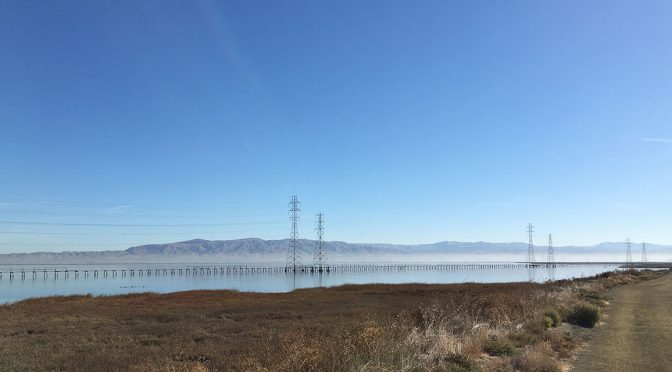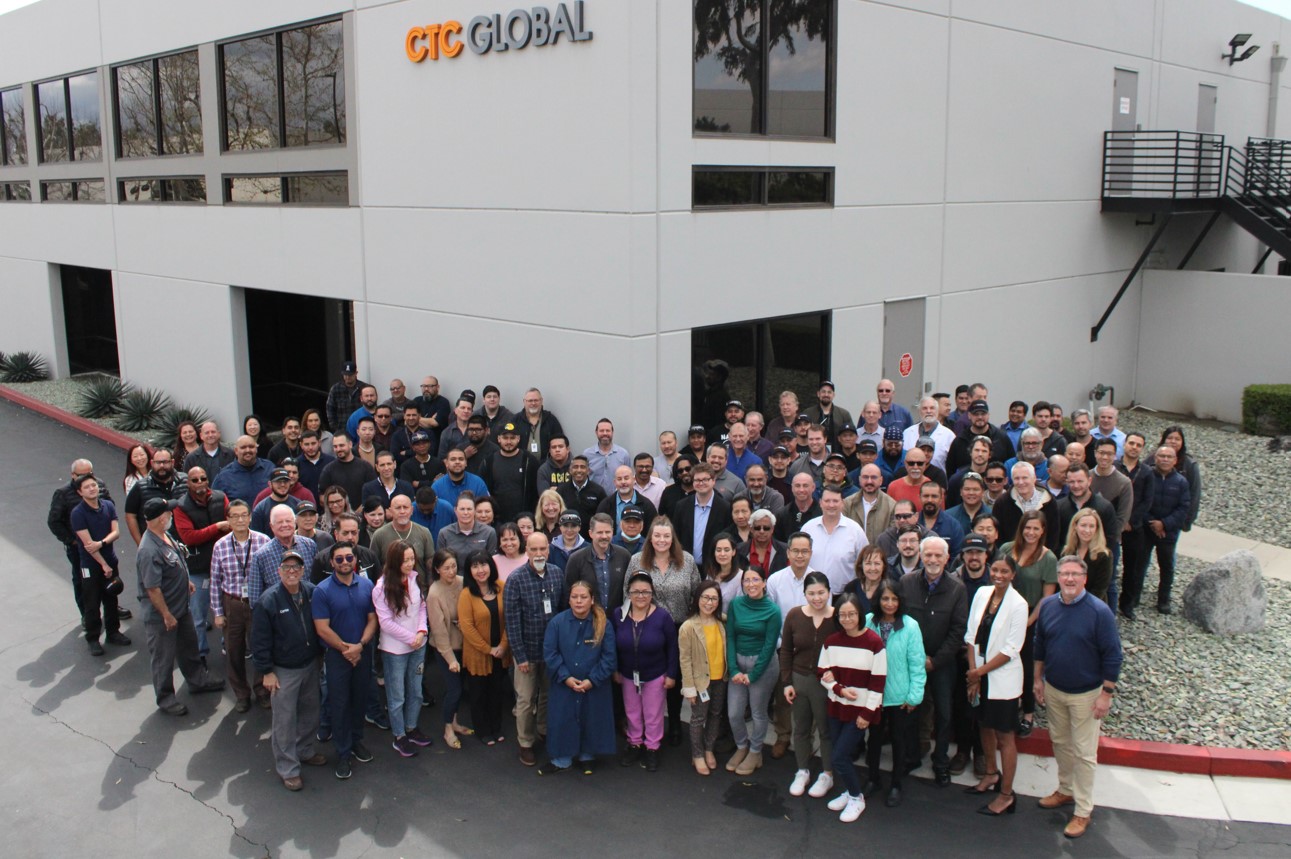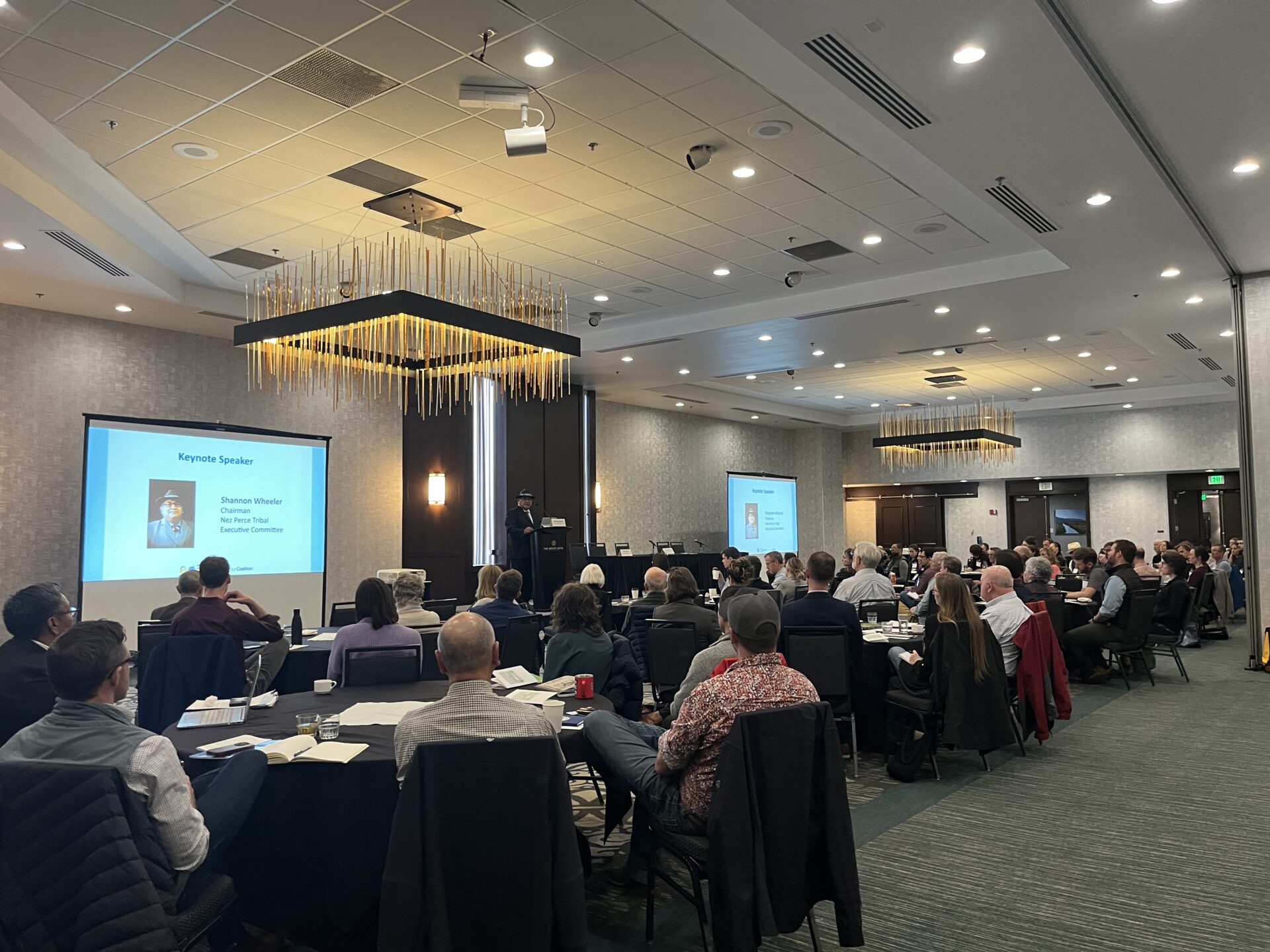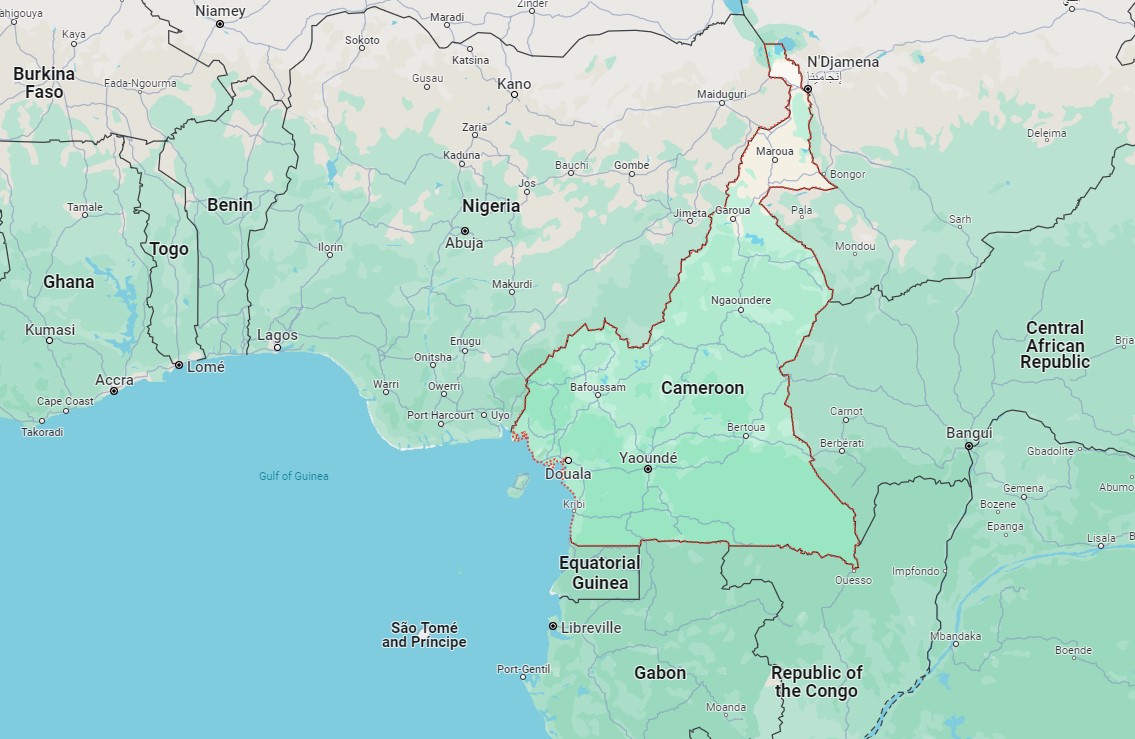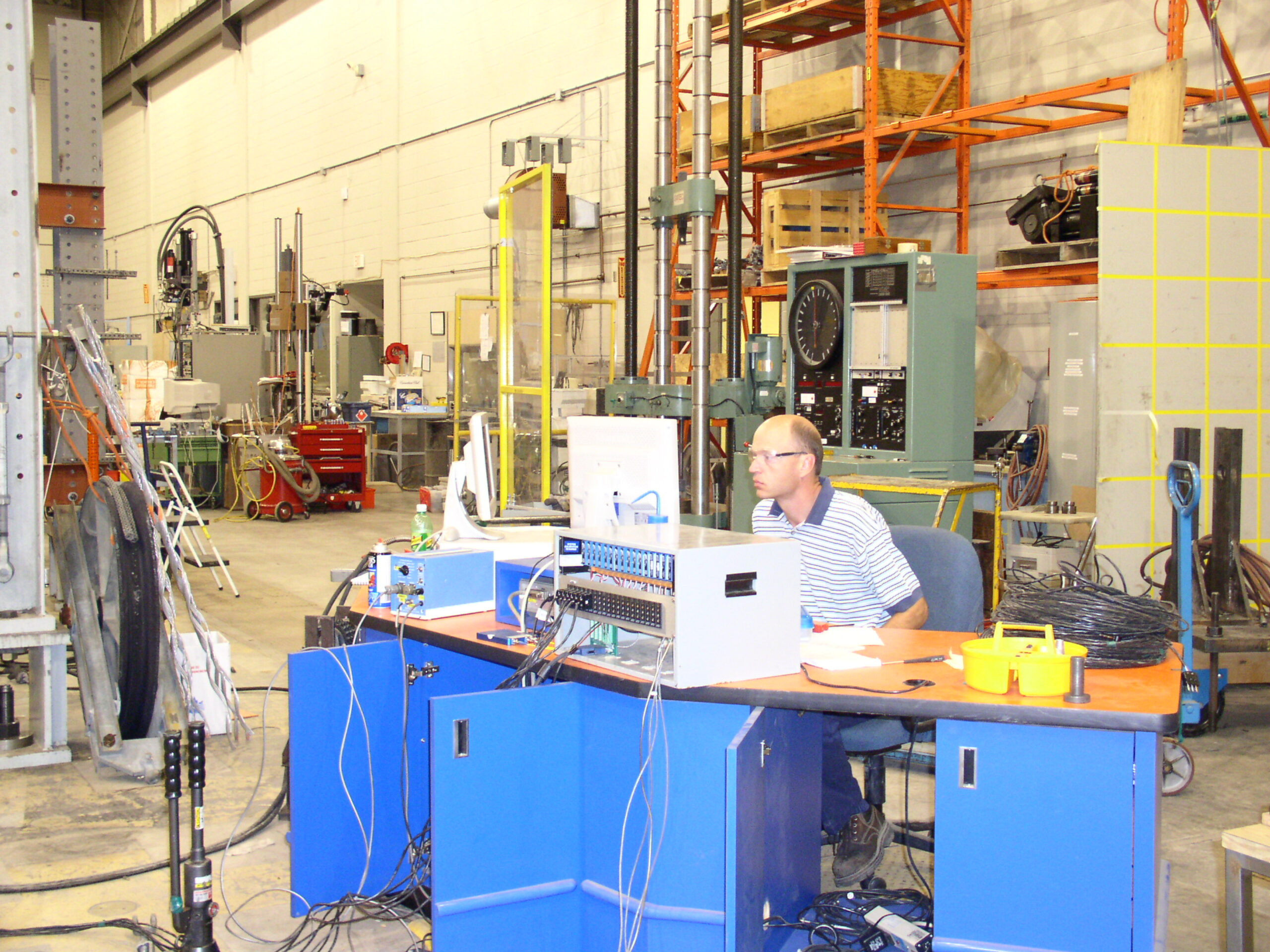The ACCC® Conductor Composite Core has survived a tornado strike, wild fire, direct rifle shot, and crane strike; All real-world examples of proven resiliency. The hybrid composite core of the ACCC® Conductor in conjunction with the trapezoidal aluminum strands allows ~28 % more aluminum without a diameter or weight penalty compared to a traditional ACSR (steel core) conductor. This, along with the thermal properties of the composite core, essentially doubles the ampacity of a replaced “Reconductored” line and can reduce associated line losses by up to 40%. These grid resilience capabilities give grid operators the ability to redirect current through this added capacity in order to avoid overheating adjacent lines during an outage.
There are multiple economic factors to consider when looking into “Grid Resilience” as it relates to overheated or sagging power lines. When a line falls to the ground, a utility must get multiple crews, with heavy expensive equipment, and entire reels of conductor onsite for repair. In the case of the Washoe Wildfire or the 2013 Moore Tornado however, ACCC Conductor has allowed a single crew to go out and install a repair sleeve, or even simply attach the conductor to replaced insulators and towers, and get power back on within a fraction of the time and at a fraction of the cost of any alternative.
Another economic factor to consider is the value of crews and equipment in the wake of a natural disaster. Commonly in times like these, crews and equipment associated with overhead line repair come at a substantial premium due to extremely high demand. The ability to save a crew’s time, free up available equipment, and use altogether less resource to repair a line can offer huge savings as well.
Outage time is often the most forward-facing cost people consider when a line or grid becomes de-energized. The 2003 Northeast Blackout for example, contributed to at least 11 deaths and cost an estimated $6 billion. Outages not only have costs associated with the utility no longer being able to sell power to customers, but almost all businesses affected by the blackout are negatively impacted in one way or another as well.
The composite core of the ACCC conductor is not only highly resistant to the thermal sagging thought to have possibly caused many recent power outages but is also able to handle the elevated temperatures of redirected current. These grid resilience attributes alone greatly reduce the associated repair and outage costs a utility can experience when overhead lines are exposed to an adverse event.
